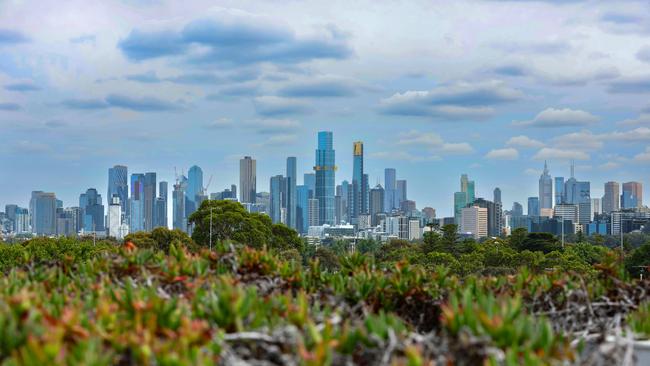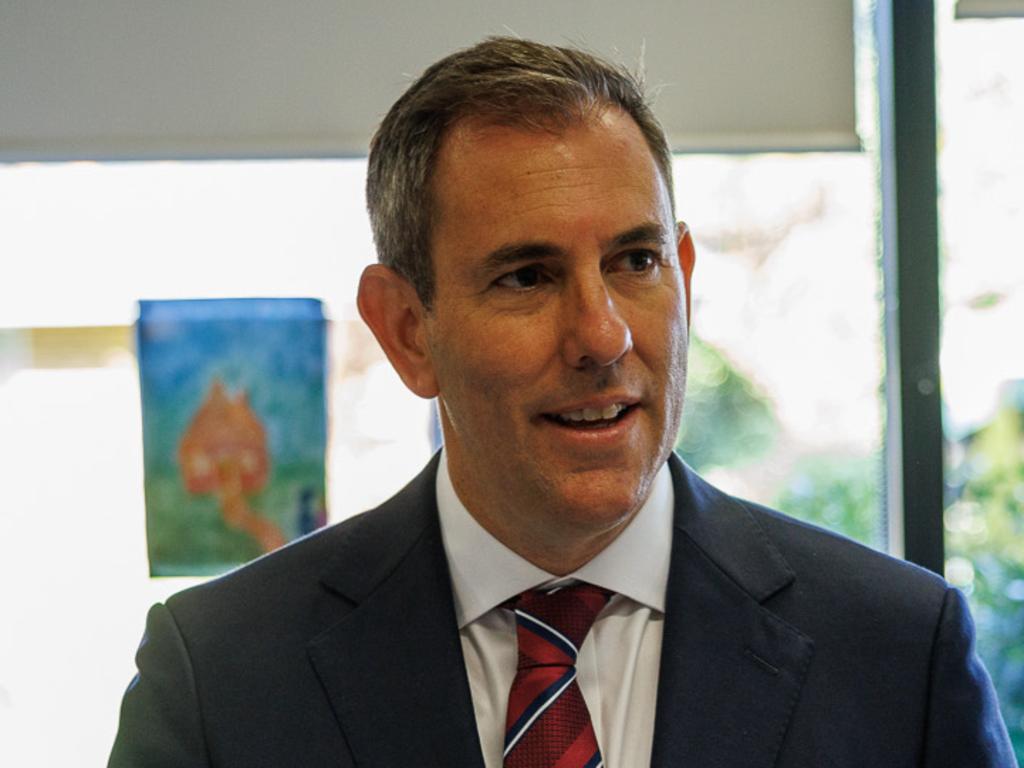RBA rate cut to support city property prices
The Reserve Bank’s rate cut, coupled with a surprise tightening of vacancy rates, should see Australia’s major cities avoid further property price drops.

Business
Don't miss out on the headlines from Business. Followed categories will be added to My News.
Sydney and Melbourne should avoid the risk of property price falls this year, thanks to the Reserve Bank’s rate cut and renewed tightening of rental vacancy rates.
Though property analysts are hoping for at least one more rate cut this year, Australia’s two largest cities should still see an upswing in sentiment off the back of the long-awaited 0.25 per cent snip to 4.1 per cent this week.
The rate cut will be most keenly felt in the nation’s weakest market, Melbourne, where improved financing costs may prompt bargain hunting despite a string of new taxes aimed at investors launched in recent months.
Crucially, for investors, the surprise tightening of vacancy rates means that financing costs could come down and rental income rise at the same time. “The combination convinces us that the market will now move higher,” says Louis Christopher at SQM Research.
House price over the year to date have been soft nationwide, with PropTrack figures showing every city had negative returns in January, except. Brisbane.
SQM had predicted that without a rate cut, Melbourne prices could have dropped at least 3 per cent and Sydney by 4 per cent.
SQM now believes nationwide house prices over the calendar year will rise 6 to 10 per cent. The base case from the researcher suggests Melbourne may rise 2 per cent, while Sydney could gain 3 per cent. At this level prices in the major cities would still struggle to match underlying inflation, which was reported at 3.2 per cent for the December quarter.
Meanwhile, analysts suggest the rest of the nation’s key markets could continue to push higher. SQM forecasts that Perth could lift by 15 per cent, Brisbane by 11 per cent and Adelaide by 10 per cent.
Property investment indicators had been inching ahead in the weeks leading up to the rate cut – with the national clearance rate having climbed close to 70 per cent in recent weeks.
But the surprise turn was in the rental market, where vacancy rates tightened again after softening during midsummer. The vacancy rate is the measure of how much property is available to rent in the market – the lower (or tighter) the level, the more lucrative for property investors.
After climbing to 1.6 per cent over December suggesting some relief for renters, the national dwelling vacancy rate slipped back to 1 per cent in January – a sharp drop underpinned by the total number of vacancies declining from 47,000 to 31,000 in just a few weeks.
This week’s rate cut should improve borrowing capacity for all potential property buyers.
Research house Canstar estimates a single person on an average wage could potentially borrow an additional $12,000 as a result of the RBA move.
Investors have been wary of the residential market over the last 12 months, with a notable exodus from Victoria where investor sales have been running about a third higher than other states following the move to a higher tax regime by the Allan government.
On average, around 6 per cent of investors will sell on any given year, but REA research established the portion of investors selling in Victoria rose to 9 per cent in recent months.
Originally published as RBA rate cut to support city property prices




